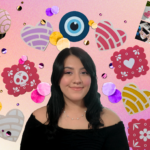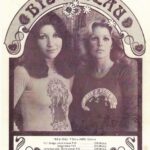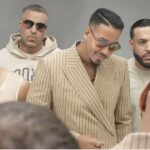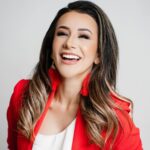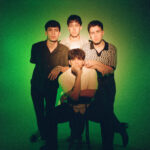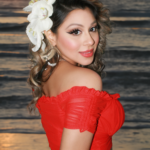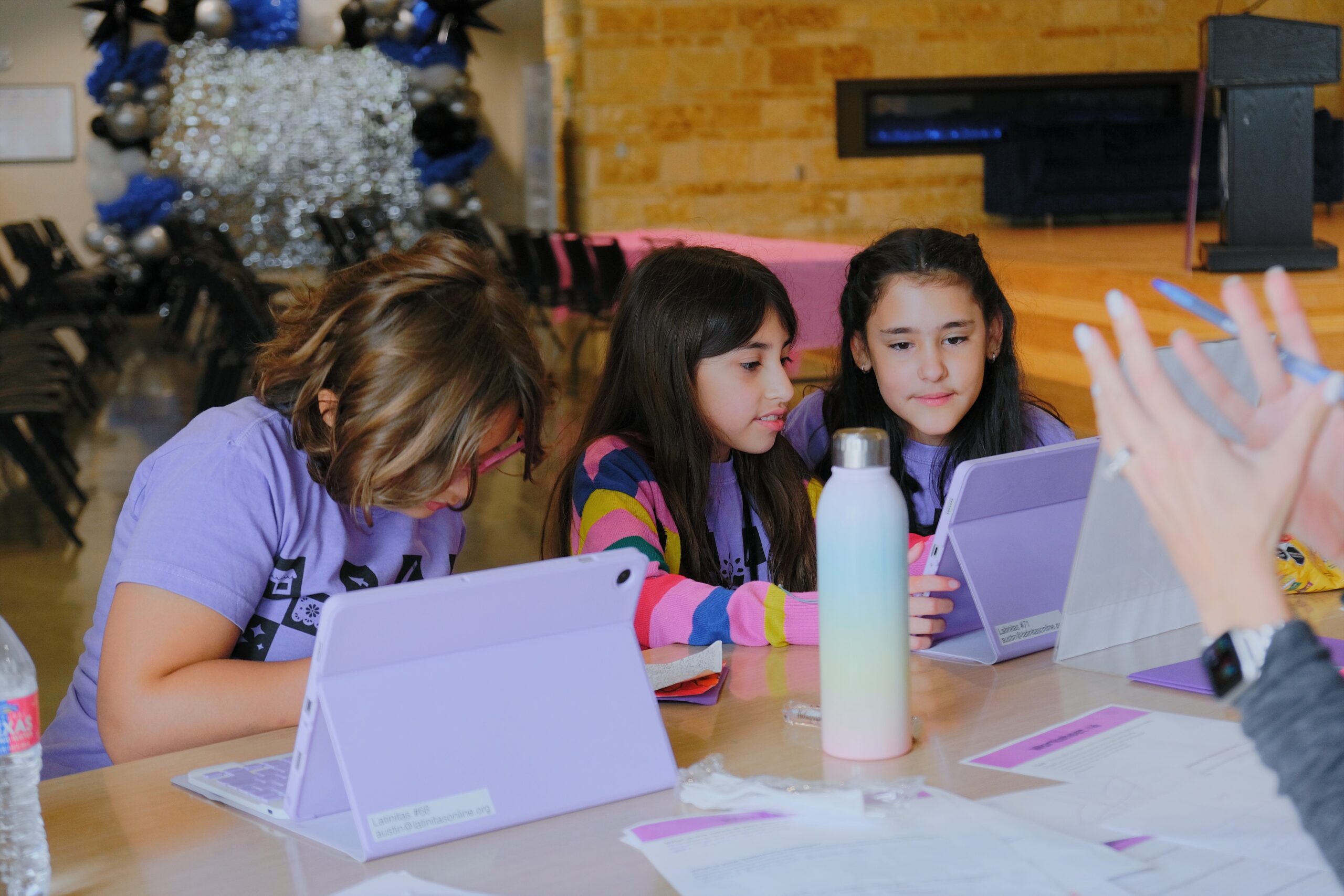One of the most inspiring Latinas in the history of the United States, NASA Leader Ellen Ochoa has amassed a highly accomplished career as an astronaut, engineer, director, musician, patent inventor, and educational advocate. She has a Bachelor’s Degree in Physics from the University of San Diego and a Master of Science and Doctorate in Electrical Engineering from Stanford University. Initially joining NASA around 1990, Ochoa made history during her tenure as an astronaut. Coming from a Mexican-American background, Ochoa became the first ever Latina to orbit into space in 1993 during a 9-day mission via the Space Shuttle Discovery. She also served aboard 3 more missions in 1994, 1999, and in 2002. Highly intelligent, creative, and talented, Ochoa is credited as a co-inventor for 3-patents including; An optical inspection system, an optical object recognition method, and a method for noise removal images. Ochoa eventually went on to become the first Latina and second woman to ever direct the NASA Johnson Space Center in Houston, Texas. In addition to her extraordinary career accomplishments with NASA, Ochoa is also a passionate musician as a flute player, even playing her beloved instrument during her first mission to space for educational usage. Ochoa has also been the recipient of numerous awards including NASA’s Exceptional Service Medal award, and even has schools around the country named in her honor including “The Ochoa Middle School” in Pasco, Washington. Strongly passionate about STEM, Ochoa is currently a sought-after speaker around the country where she advocates for education and highly encourages minorities to pursue careers in Science, Technology, Engineering, and Mathematics. Read our Q&A below for more insight into Ochoa’s life and career.
What initially inspired you to pursue a career in the STEM field?
I enjoyed and took a lot of math, so when I was finishing up the calculus series in college, I decided to look into subjects that used math. After talking to a couple of professors, one of whom definitely discouraged me from engineering but another who encouraged me to study physics, I decided to give physics a try! (See many articles, videos, [and] podcasts where I describe this in more detail on my website ellenochoa.com)
Speaking of your Hispanic background, can you tell us what your heritage consists of and how that has played a role in your career?
My Dad’s parents were Mexican. They emigrated to the U.S. after they were married along with the first few of their children. My Dad was the youngest of 12 and was born in Southern California. When he was growing up, people were punished for speaking Spanish outside the home. I think that’s one of the reasons he didn’t push for his kids to speak Spanish, so I grew up only speaking English.
What types of challenges have you faced throughout your career, if any?
It wasn’t common for women (much less women of Hispanic heritage) to go into STEM fields. As noted in Q1, some professors actively discouraged women, and others just couldn’t really picture it since they didn’t know anyone like that in their fields. Fortunately, I also always had people who supported and encouraged me starting with my mom, and including friends, colleagues, and other professors as well as two great PhD advisors.
How long were you technically in space in your first launch, and how long does the journey take?
My first mission was 9 days long. The launch itself takes 8.5 minutes; at that point the Space Shuttle is at orbital speed (~17,500 mph). The shuttle then does a burn to circularize its orbit. The acceleration changes throughout the launch; the maximum acceleration of 3g’s is reached at a couple of different times, about a minute and a half into the launch for around 30 seconds, and then again for the last 1.5 minutes or so of the launch. Our mission was to study the Earth’s atmosphere, particularly the ozone hole and ozone depletion through measuring many chemical constituents in the atmosphere and the amount of light in different wavelengths coming from the Sun. I also used the robotic arm to deploy and retrieve a science satellite studying the solar wind.
Is there anything that would be surprising to know about the realities of being in space?
The aspects that are most different from being on Earth are the weightless environment and the amazing views of Earth from space. In a weightless environment, some activities are easier (like moving heavy objects) and some are harder (like repairing equipment with several parts since you have to make sure nothing floats away). The views are beautiful both on the day side and the night side of Earth; since it takes 1.5 hours to orbit, we saw a sunrise or sunset every 45 minutes.
You are an accomplished flute player, what was it like playing your flute in space? Favorite musical piece?
I enjoyed the opportunity to play my flute on my first mission; it was actually part of a payload because we used it to demonstrate pursuing a hobby in space for a video we were filming for a NASA educational series called Liftoff to Learning. Our video was aimed at K-2 grades and called Living in Space. Because we pressurized the shuttle to normal sea-level pressure using the same gases as on Earth, the sound was the same. The main difference was that I needed to put my feet in foot loops attached to the floor so that I wouldn’t float backwards when I played! I was asked to play certain pieces by my crew mates: the Marine Corps hymn (From the Halls of Montezuma), the Navy Hymn (Anchors Aweigh), and God Save the Queen (for a crew mate who had both British and American citizenship). For myself, I played the Mozart G Major Flute Concerto. I had all of these memorized so I didn’t need to bring music.
Advice for Latinas/Latinos who may want to pursue a career in STEM? Your accomplishments are remarkable, if one of our students said to you she wanted to go to space when she grows up, what steps would you tell her to take to ensure she gets to do so?
Go to college and major in a STEM field — any type of engineering, science, or even medicine since NASA selects medical doctors as astronauts. NASA also looks for people who progress more rapidly than normal in their careers, and who have both teamwork and leadership skills. Even younger students can work on teamwork skills through activities like sports, music, dance, etc. NASA also looks for operational experience, for example as a pilot or in other situations that require a variety of skills and qualities like resilience, for example working in a remote area such as Antarctica.
Are you aware of any organizations/ resources for young people interested in a career in the STEM field and even Space, specifically if they come from low-income homes?
NASA offers internships to college students, https://intern.nasa.gov/, and also provides activities and STEM information for younger students on their Office of STEM Engagement website https://www.nasa.gov/stem/about.html.
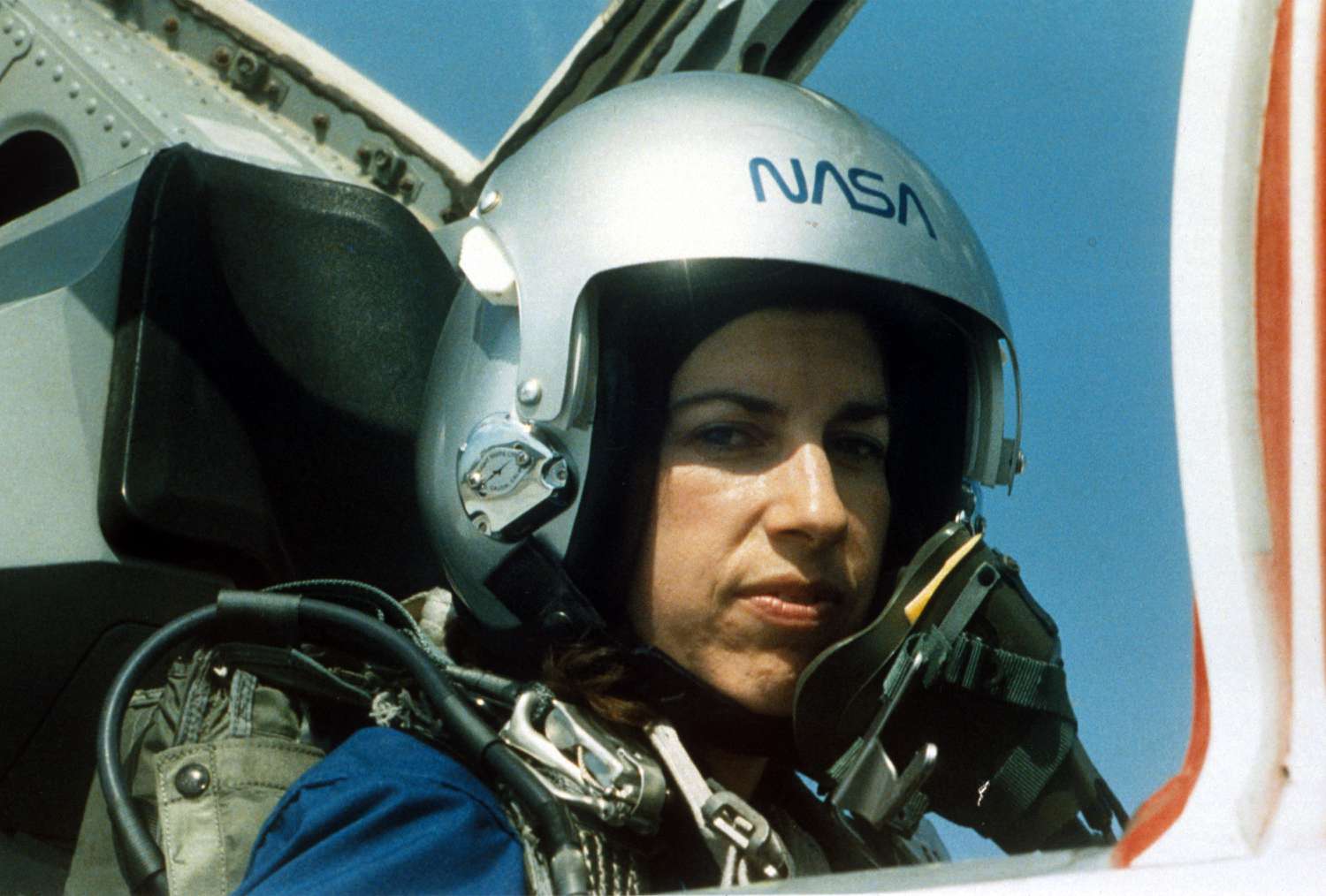
Ochoa is also married with two children and continues to be a strong advocate for STEM education. She has even become an author with her bilingual children’s book “We Are All Scientists,” available on Amazon and Lil’ Libros. Highly inspiring for women and minorities everywhere, we celebrate and honor Ochoa’s contributions to the STEM field, and for being a great motivator for pursuing success. Happy Hispanic Heritage Month!
Visit Ellen Ochoa’s Official Website.
HOME – Ellen Ochoa – Astronaut – NASA Leader – Trailblazing Advocate
Official NASA Website.

